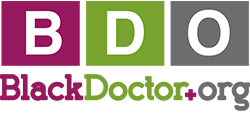social needs with new hospital quality measure requirements.
Hren called the focus a “culture shift” in medicine.
Traditionally, a doctor would just treat a broken leg medically. Now, they must consider if a patient has the diet, follow-up physical therapy and safe neighborhood walking spaces necessary to fully heal. For unhoused patients, they might have to switch out medication that must be refrigerated or kept cool.
Others could need food pantries, meal deliveries or infant formula. People who can’t afford fresh vegetables and other healthy foods are more susceptible to Type 2 diabetes, anemia and other nutritional deficiencies, as well as breastfeeding challenges.






